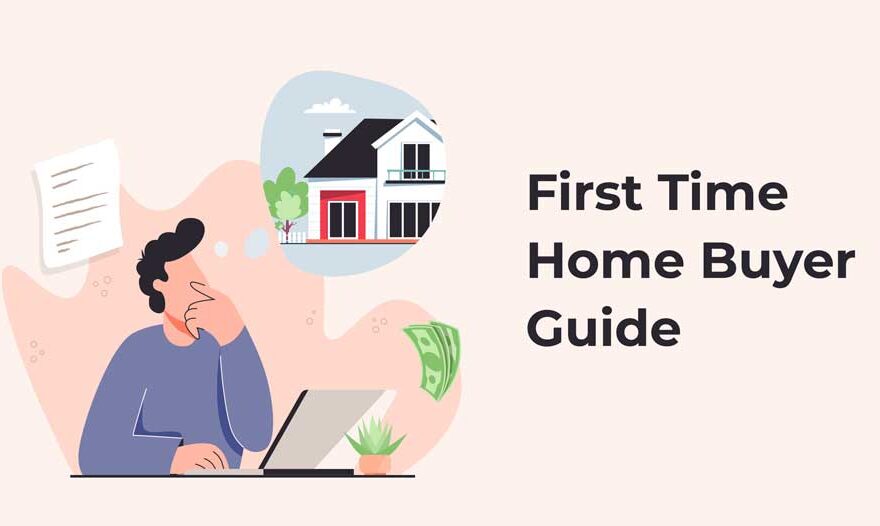What It Takes to Successfully Design Multifamily Properties

Creating multifamily properties requires a deep grasp of many factors that help make these living spaces successful and attractive. The multifamily housing sector goes beyond a collection of apartments; it aims to create a livable space that draws tenants and meets their lifestyle needs.
This article looks at the key parts of designing multifamily properties.
Importance of Location in Multifamily Development
Location plays a crucial role in multifamily development. Where you place a property can have a big impact on its success and appeal to potential residents. A good location offers easy access to key services, jobs, and places to have fun. As a developer, you need to research to find areas that offer both convenience and lifestyle benefits. What’s more, knowing who lives in an area is key. Are you building for young workers who want to be close to their jobs and go out at night, or for families who care about good schools and parks? Who you’re trying to attract will decide what features and perks you should focus on in your design. Also, thinking about how an area might grow in the future can make sure your project stays useful for a long time. Looking at a location also means checking how safe the neighborhood is, what kind of roads and utilities it has, and how easy it is to get around.
Balancing Aesthetics and Functionality
Multifamily property design needs to strike the right balance between looks and practicality. Good-looking spaces can draw in potential residents, but usefulness keeps them happy in the long run. Your design should blend both these aspects to create spaces that look great and work well for living. Take multifamily countertops, for instance. Countertops for multifamily housing play a key role in kitchens and bathrooms. These surfaces need to be tough enough to handle daily use while also fitting in with the overall look. Picking materials like quartz or granite can boost the property’s appeal, as they offer both strength and style. The colors and finishes you choose should match the broader design theme, helping to create a unified and welcoming feel. Beyond countertops, the interior should blend style and practicality. Open layouts, plenty of storage, and efficient appliances create a modern, cozy living space. When you focus on looks and usefulness, you build a place where people can flourish, keeping your property attractive and strong in the market.
Using Green Practices in Design
Green design isn’t just nice to have in multifamily properties; it’s a must. As people care more about the environment, they want homes that leave a smaller footprint. Your job as a developer is to add green practices that match these values and help create a healthier world. Setting up energy-saving systems, like LED lights and smart thermostats, can cut down on energy use. Also, adding renewable power sources such as solar panels can boost your property’s green credentials. These features attract eco-minded tenants and can lead to savings in the long run. Saving water is another key part of green design. Using low-flow fixtures, plants that need less water, and smart watering systems can reduce water use. When you bring in these practices, you show you care about being green. This speaks to today’s tenants making your property more respected and appealing.
The Role of Community Spaces in Multifamily Properties
Community spaces have a big impact on creating a feeling of belonging and connection among people living in apartment buildings. These shared areas give residents chances to socialize, relax, and have fun, which helps build a lively and united community vibe. When you’re planning community spaces, think about what different residents want and need. Outdoor features like gardens, playgrounds, and BBQ spots can be great for families and get-togethers, while gyms and shared work areas might attract young professionals. By offering many types of common areas, you make the property more flexible and appealing to more people.
Conclusion
Designing great multifamily properties takes a mix of smart thinking and creative problem-solving. You need to pick the right spot, make it look good and work well, and think about every little detail to create a place people want to live. Adding eco-friendly features makes it even more appealing, matching what people care about today and making sure it stays relevant for years to come. Also well-designed shared spaces help people feel like they belong and get involved, which builds a lively and friendly community.


